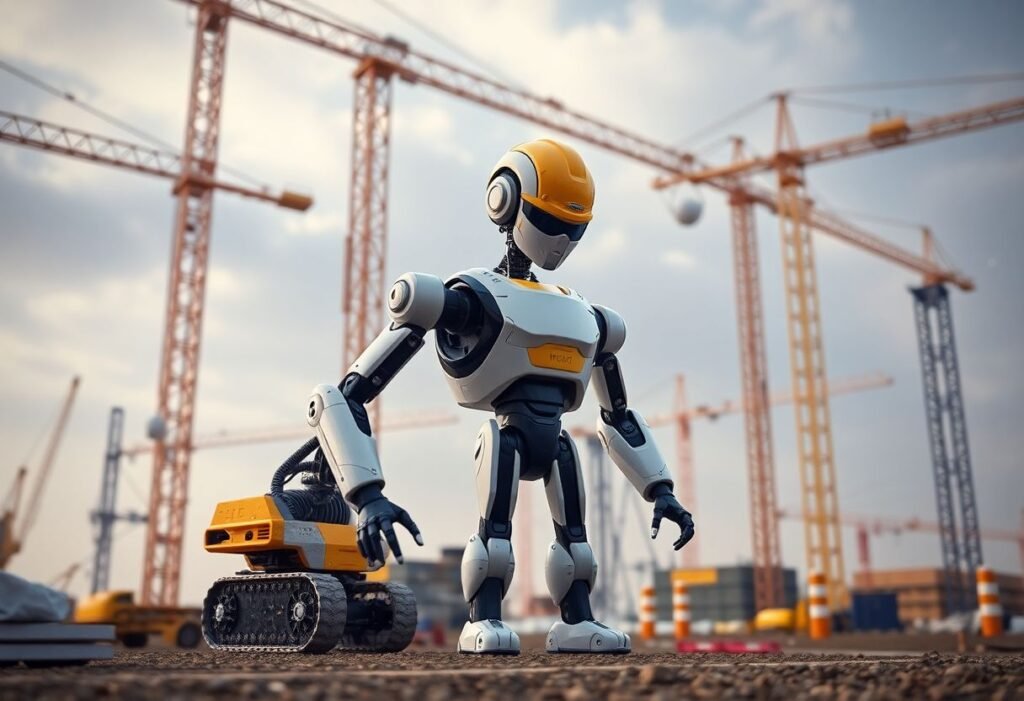Robotics is at the forefront of innovation, revolutionizing many industries. Among these, the construction industry stands out as a dynamic sector that is experiencing significant transformations due to advancements in robotic technology. The integration of robotics not only enhances efficiency but also improves safety, reduces labor costs, and increases accuracy in construction projects.
The Role of Robotics in Modern Construction
Robotics plays a crucial role in modern construction, streamlining processes that were once time-consuming and labor-intensive. Builders are now employing robotic arms for tasks like laying bricks and paving. These automated systems can work continuously without fatigue, resulting in increased productivity levels. Furthermore, robotics can assist in precarious tasks, allowing human workers to focus on more complex aspects of construction that require strategic thinking and creativity.
Improving Safety with Robotics
Safety is a primary concern in the construction industry, where risks of accidents loom large due to heavy machinery and hazardous environments. Robotics can significantly mitigate these risks by taking over dangerous tasks such as demolition or working at heights. Drones, for instance, are increasingly being utilized for site inspections, enabling real-time assessments of project safety without putting workers in harm’s way. This enhanced focus on safety through robotics creates a more secure working environment for employees.
Cost Efficiency through Automation
Implementing robotics in construction not only improves safety but also introduces cost-cutting measures. By automating tasks traditionally done by laborers, companies can reduce labor costs and minimize mistakes, leading to lower rework expenses. Additionally, faster project completion times driven by robotic technology can greatly enhance profitability for construction firms. This financial aspect makes robotics an attractive investment for businesses in the industry.
Enhancing Precision and Quality Control
The precision of machines in construction is unmatched. Robotic technologies can execute tasks with incredible accuracy, which is essential in ensuring the structural integrity of a building. For instance, 3D printing in construction allows for the creation of components that fit together seamlessly, leading to superior results. This ability to maintain high standards of quality control is essential for client satisfaction and long-term sustainability in construction projects.
Future Trends in Robotics and Construction
The future of robotics in the construction industry looks promising. With ongoing advancements in smart technologies like AI and machine learning, robots are expected to become more autonomous and versatile. Companies are likely to see increased adoption of collaborative robots, or cobots, that work alongside human teams. This synergy between human labor and robotic efficiency is expected to drive further innovations and improvements in construction methodologies.
The Challenge of Integration in Traditional Practices
Despite the many advantages of robotics in construction, integrating these technologies into traditional practices presents challenges. There can be resistance from workers who fear job loss or lack the skill set to work alongside robots. Construction firms must focus on training programs and change management strategies to ensure successful adoption. Overcoming these barriers will be essential in reaping the full benefits of robotic innovations in the field.
Disclaimer: This article is for informational purposes only and does not constitute professional advice.





















